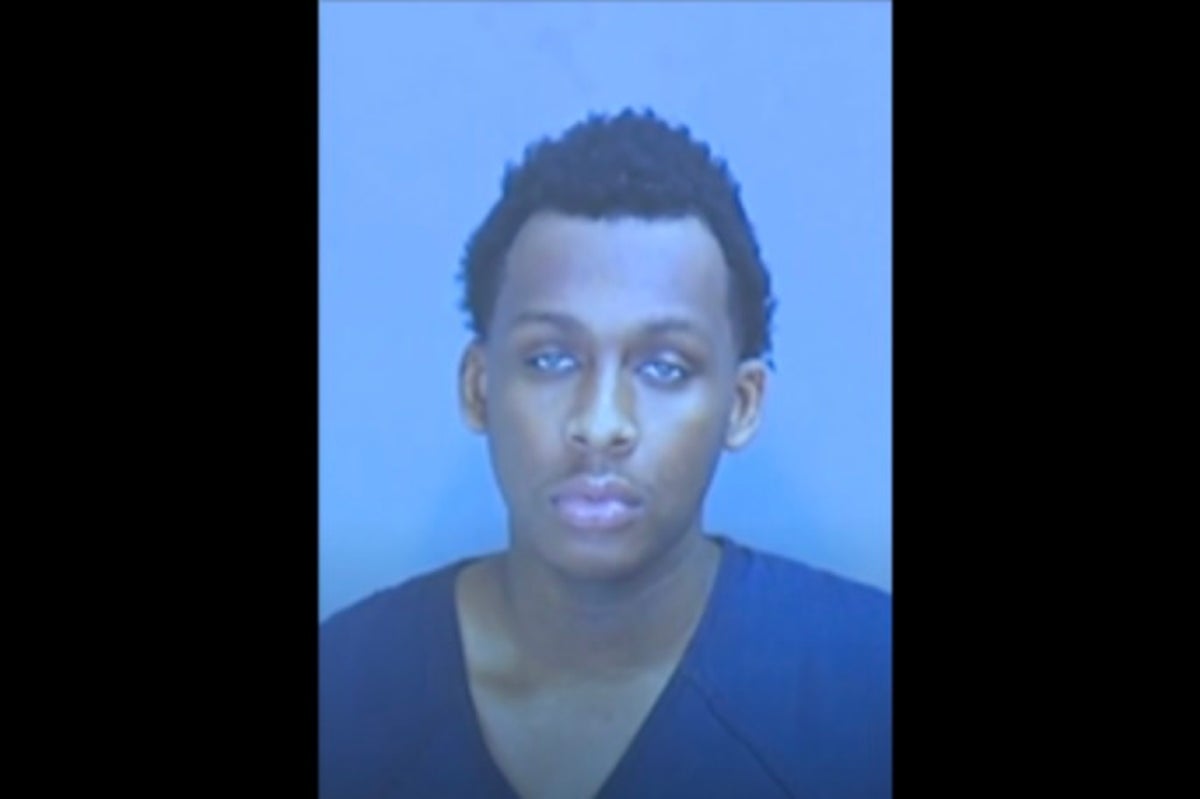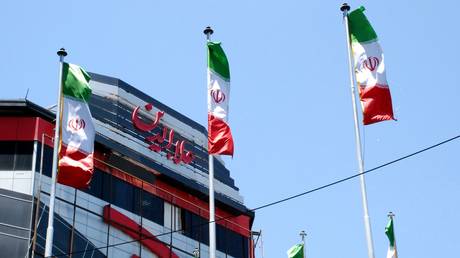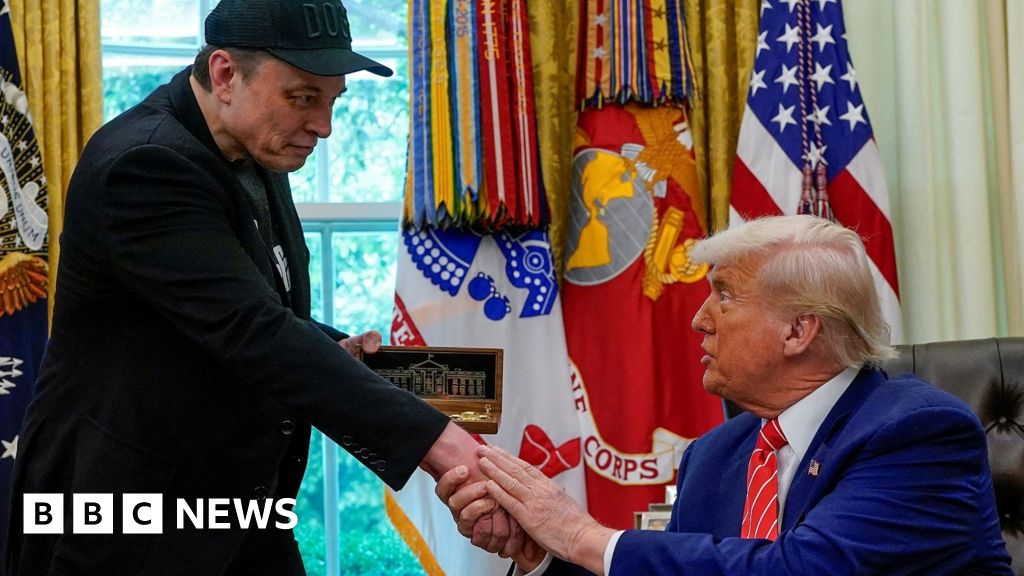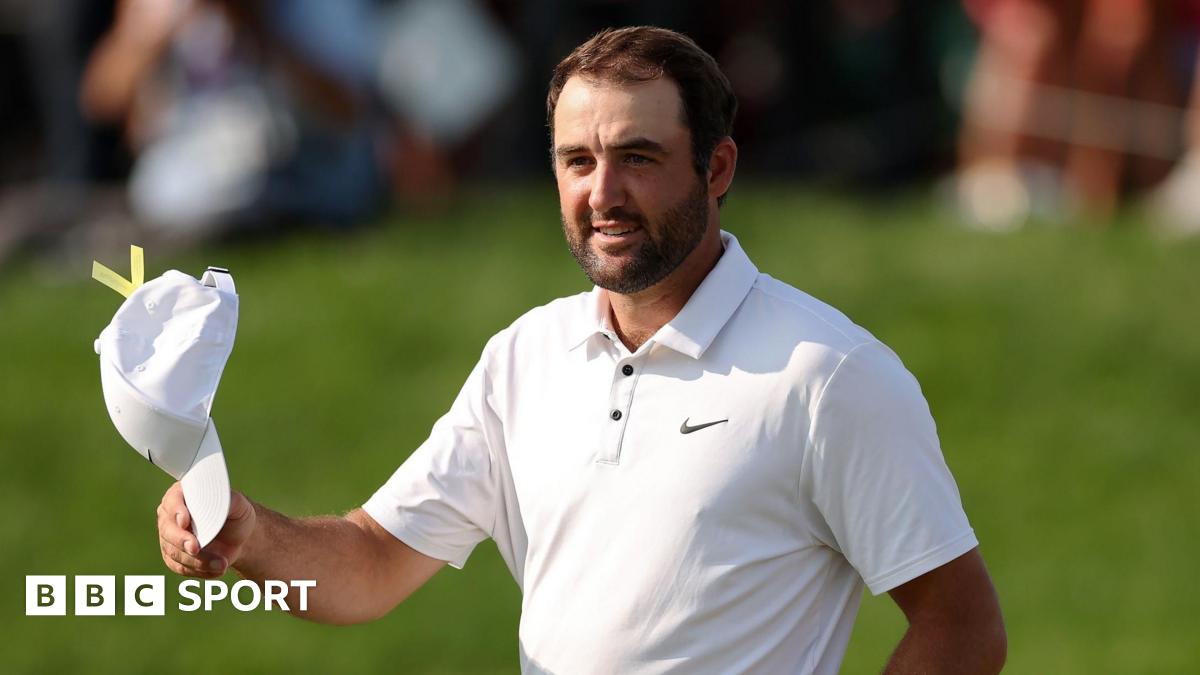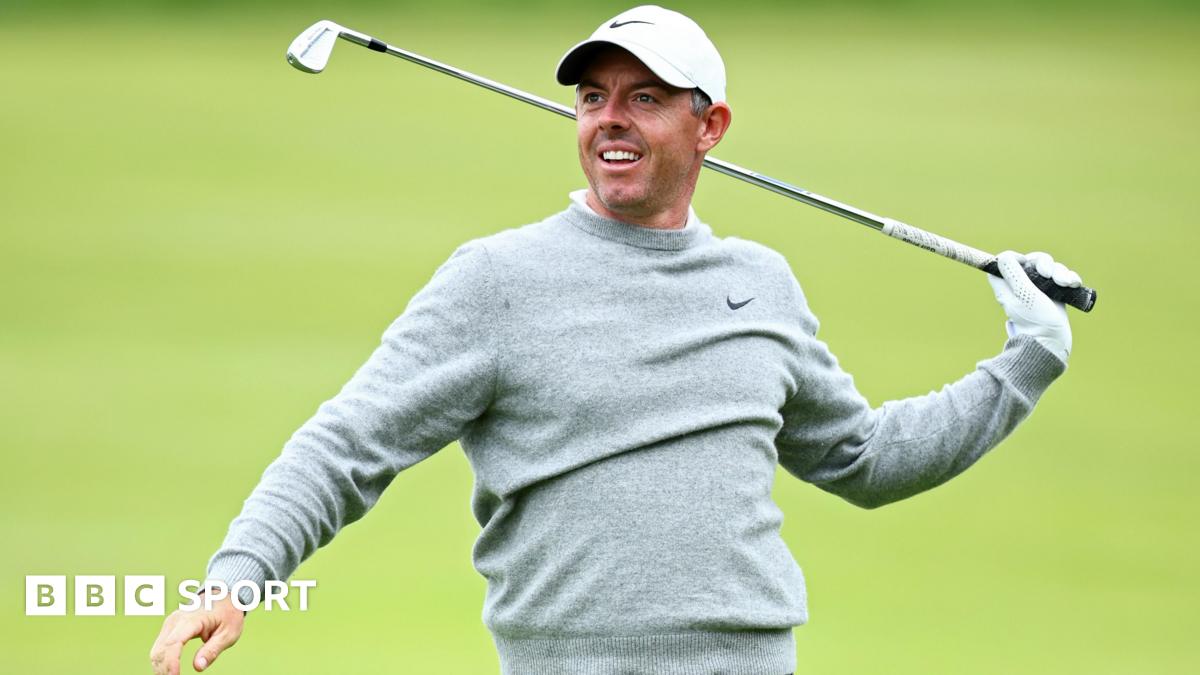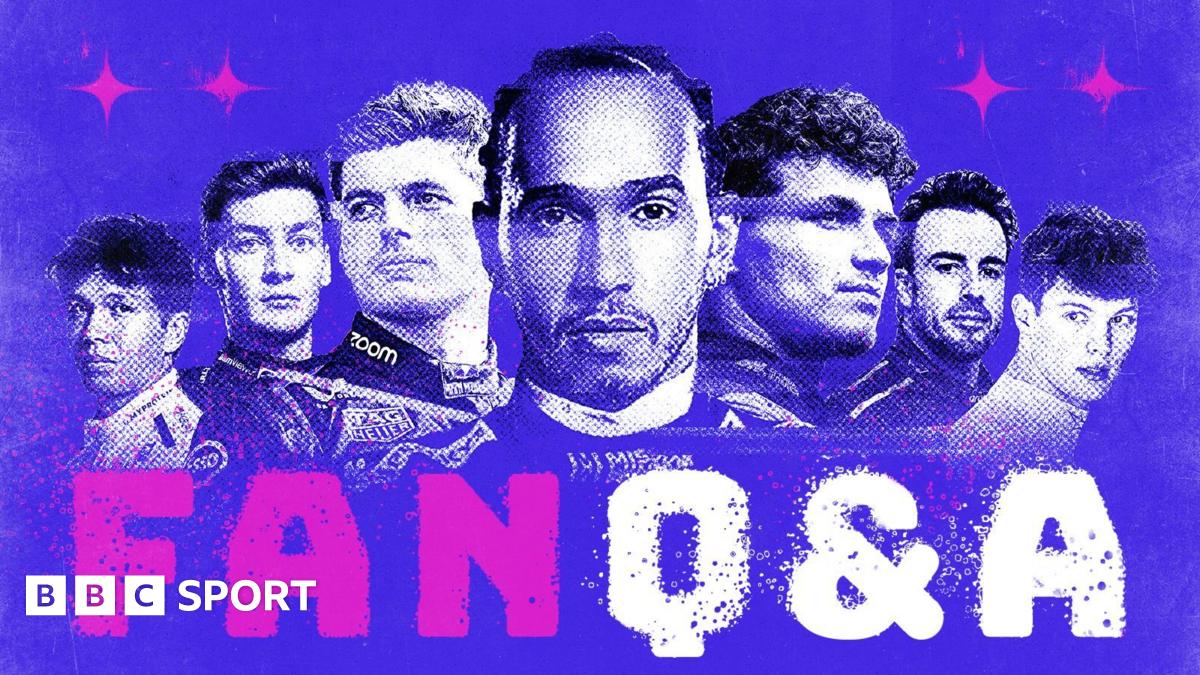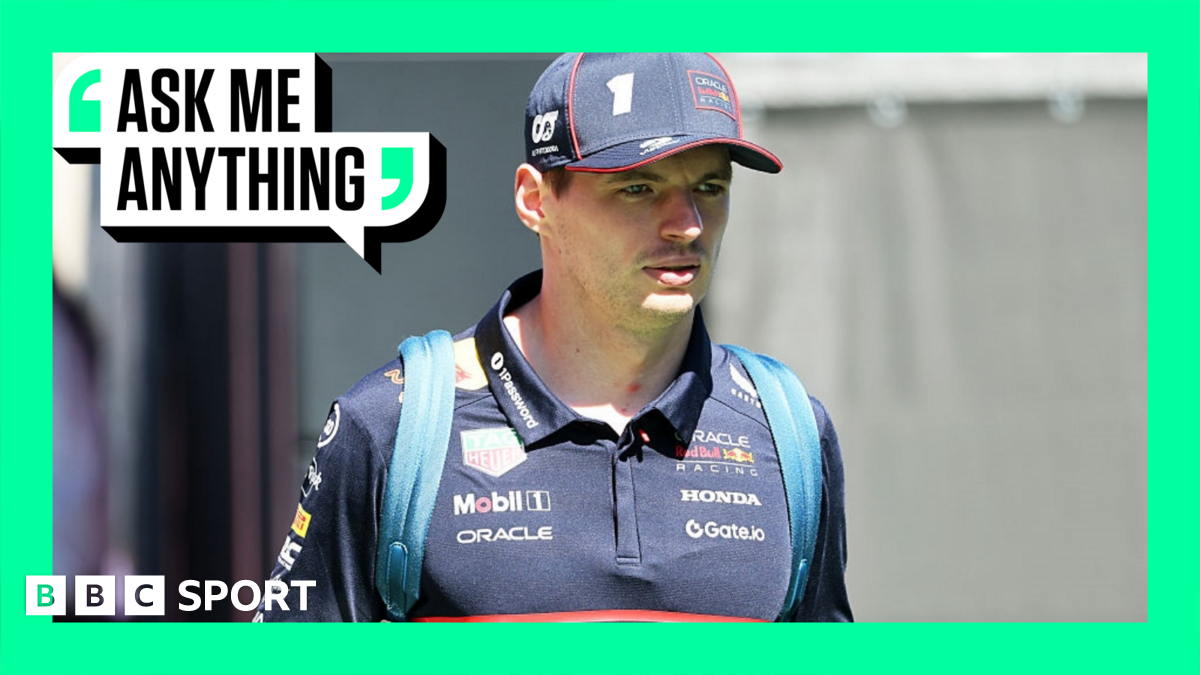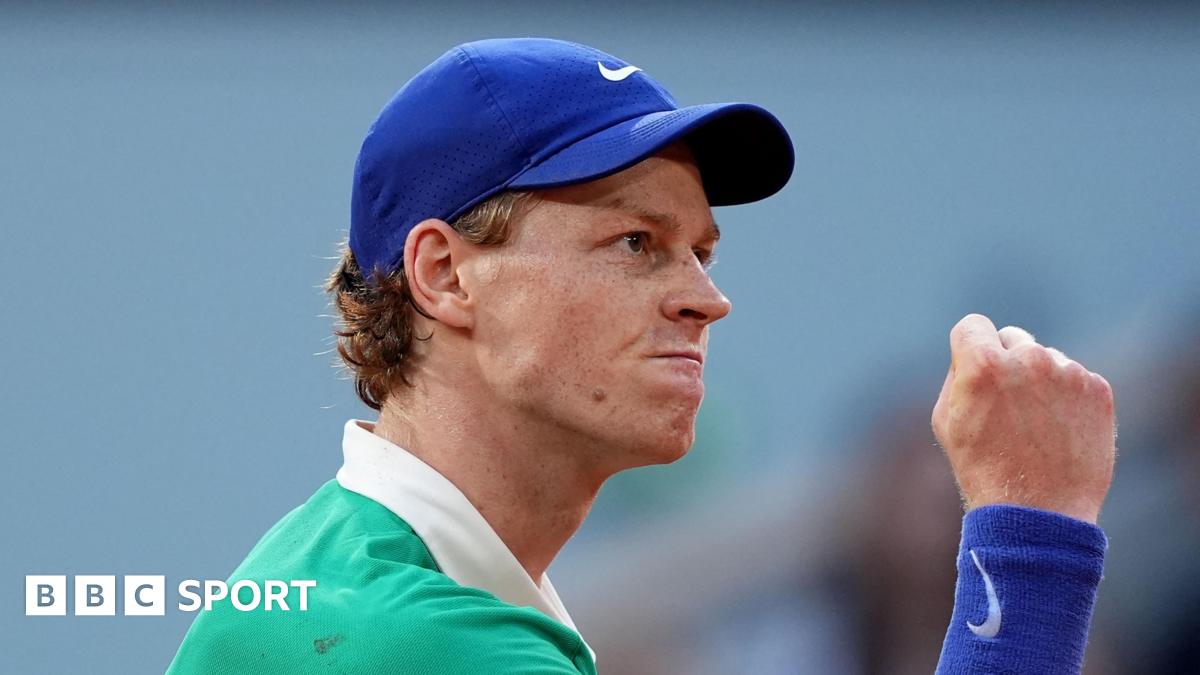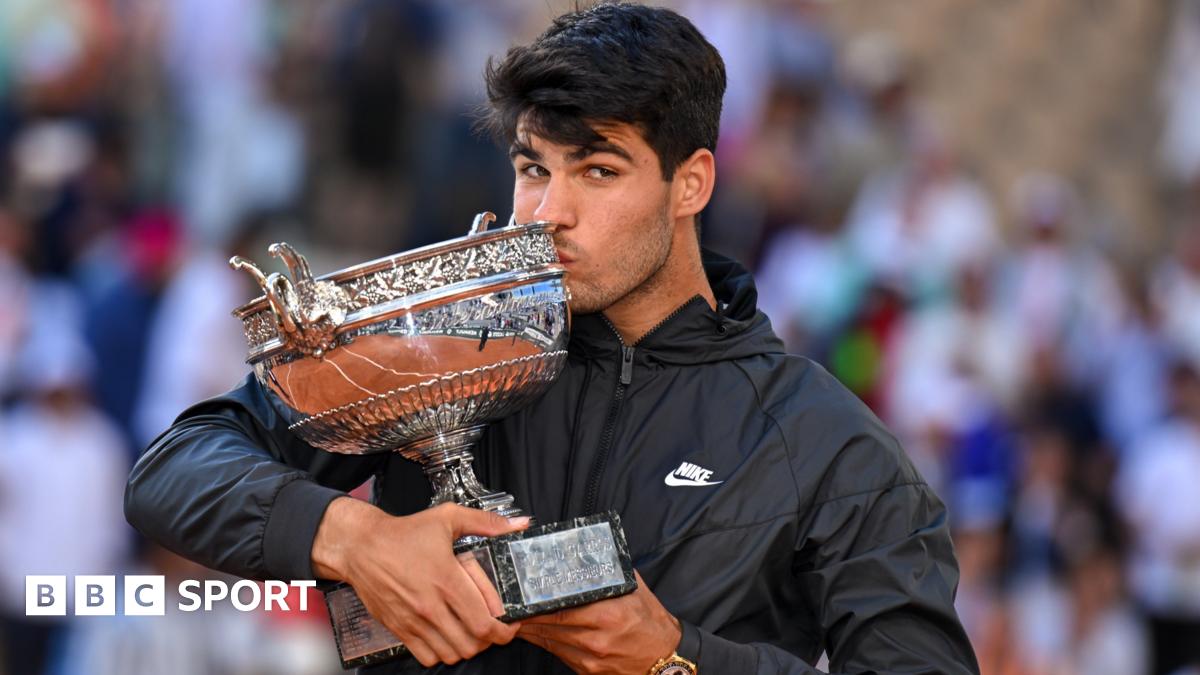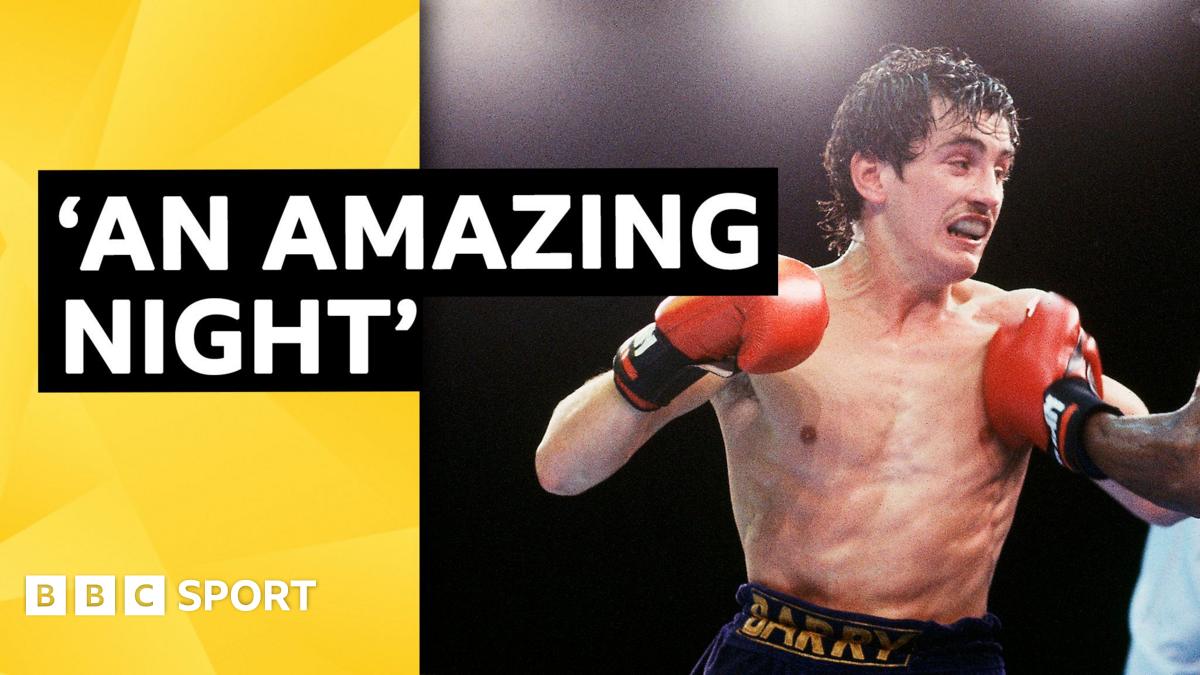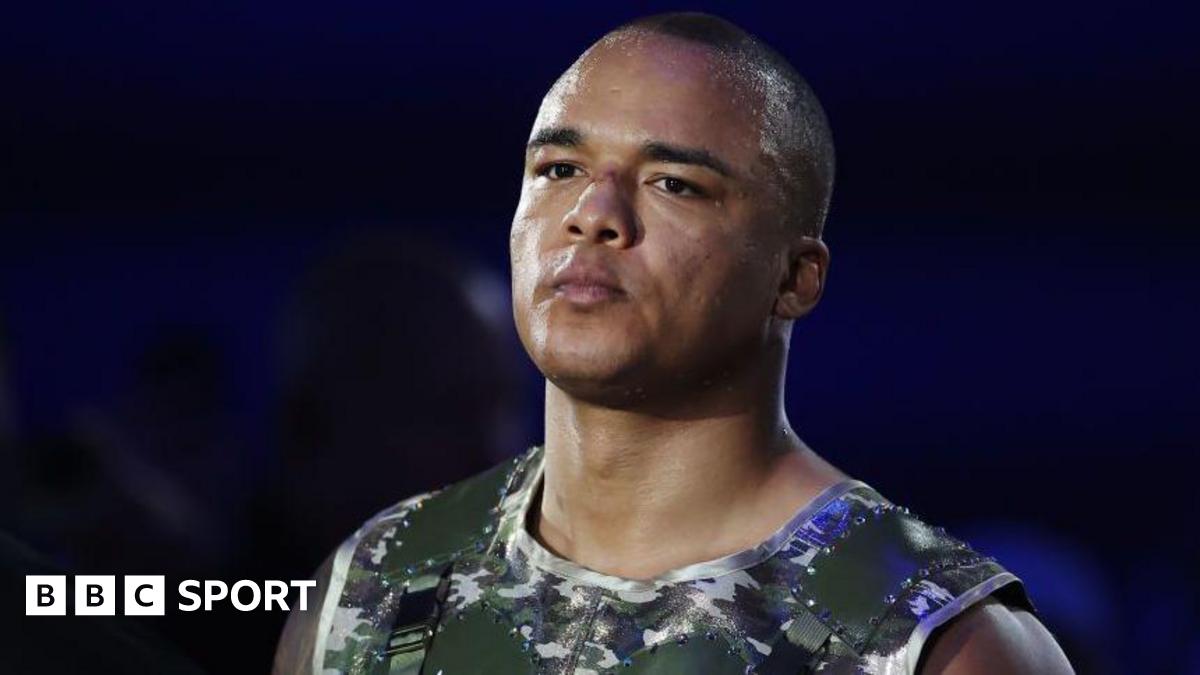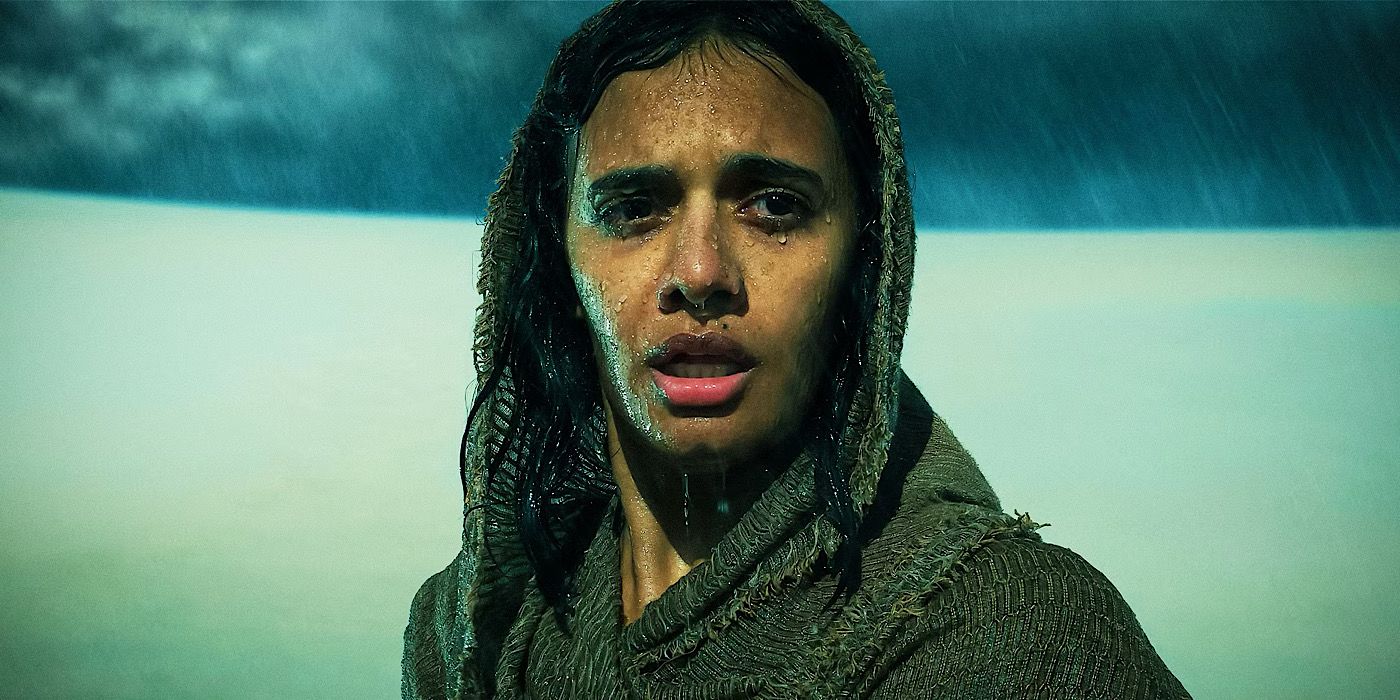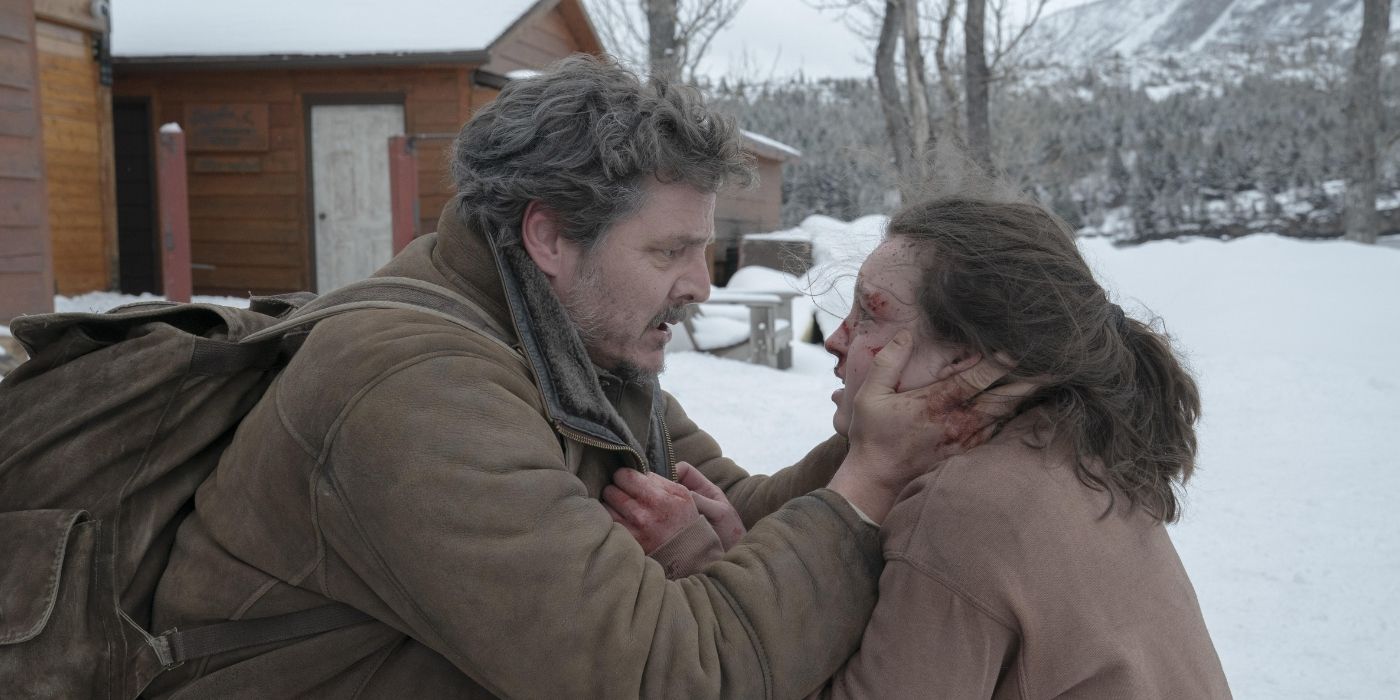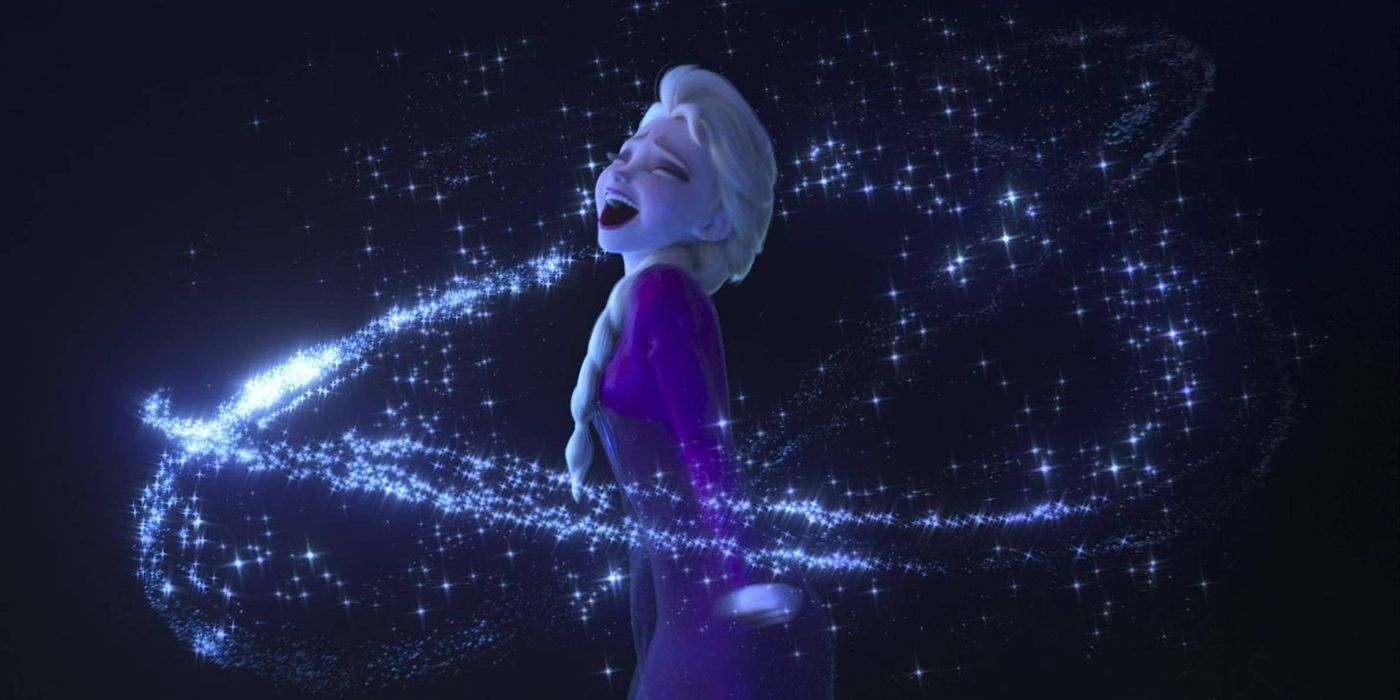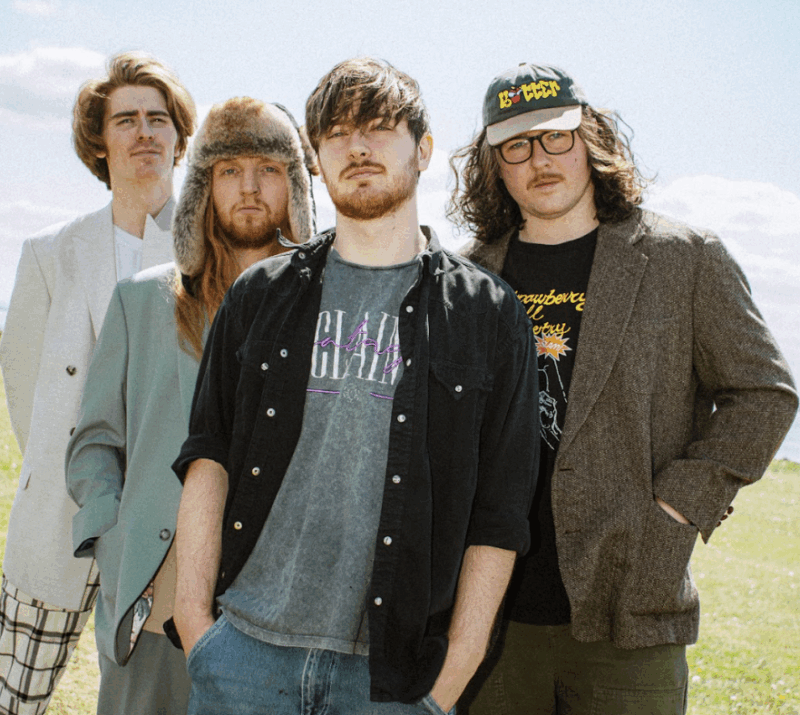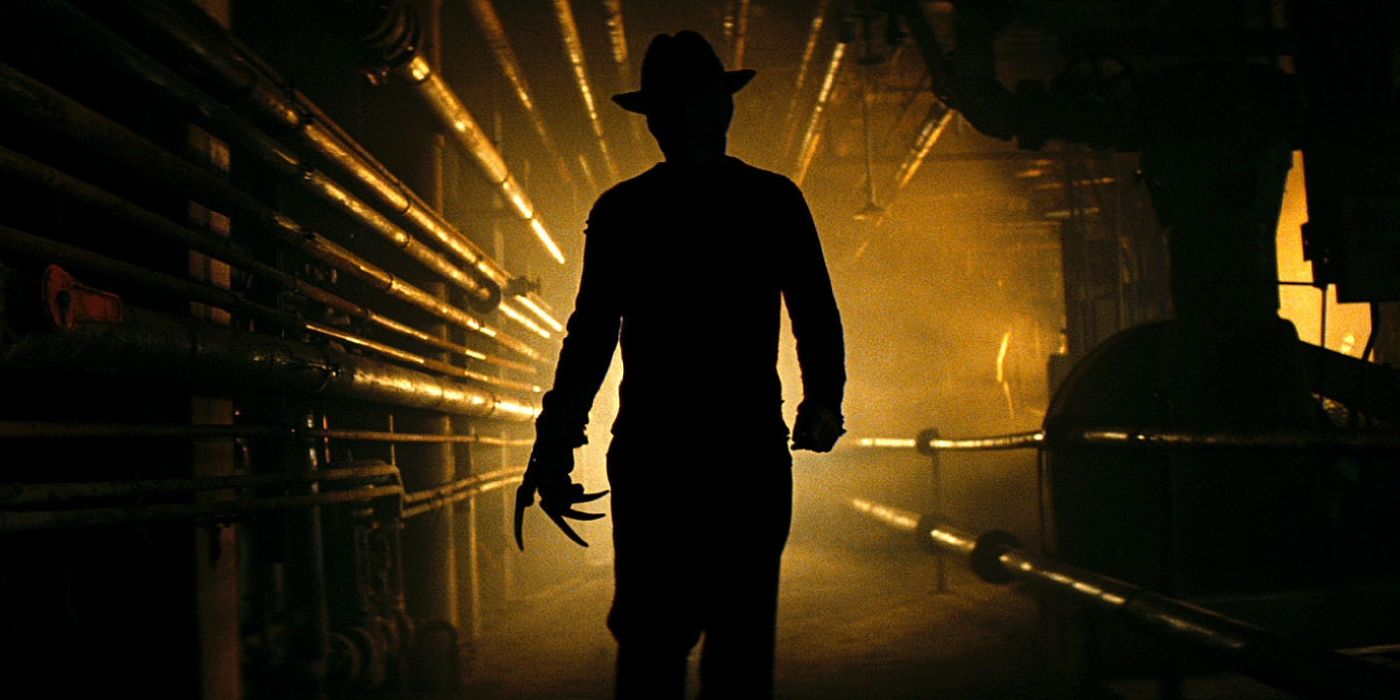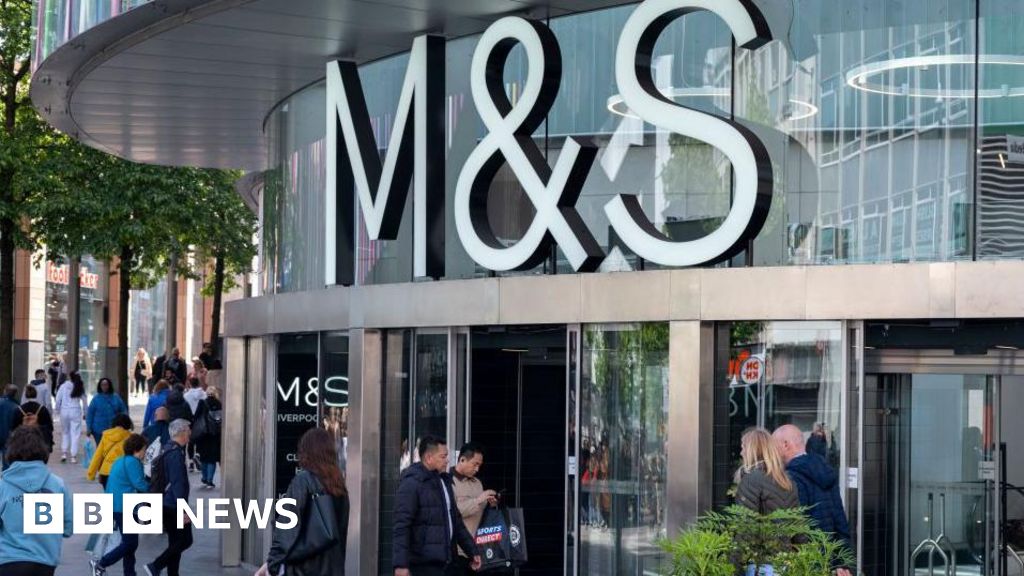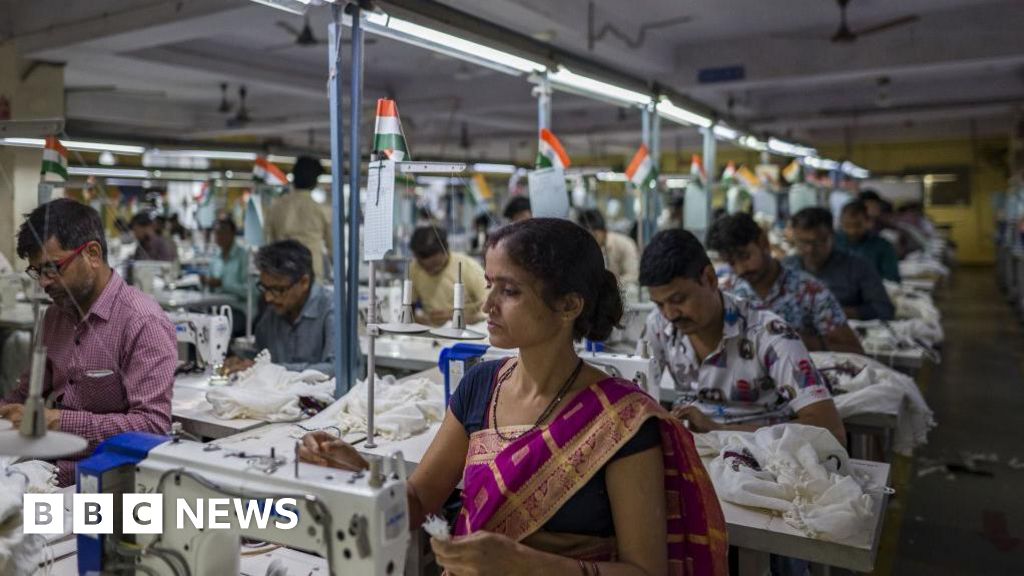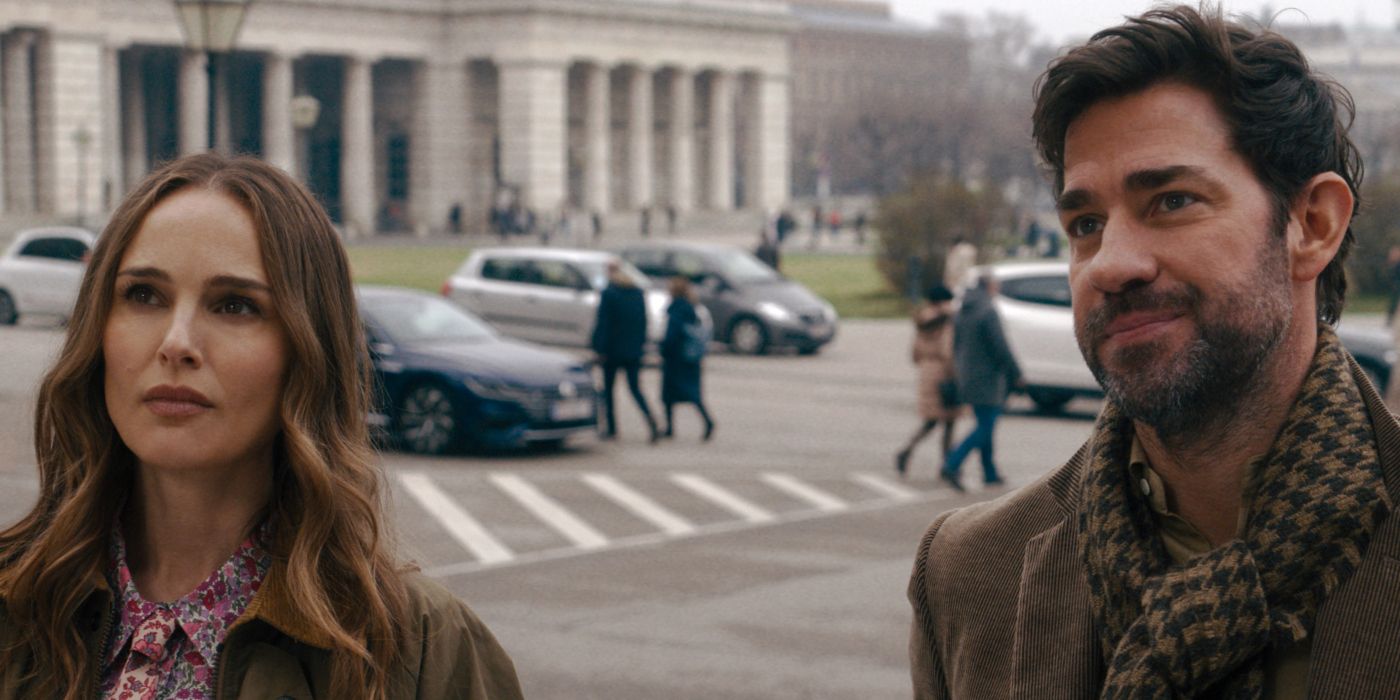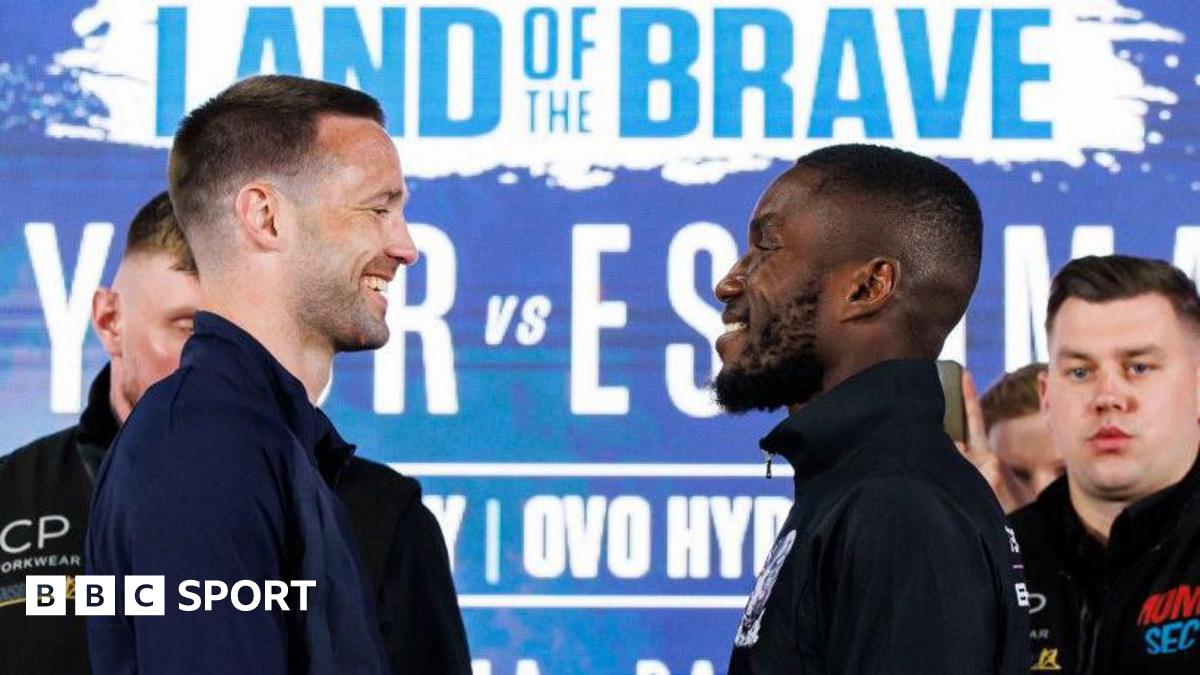How Bravo became NBCUniversal’s biggest streaming asset

When Frances Berwick started at Bravo in the 1990s, the cable channel was still positioning itself as a hub for “film and arts.” Berwick climbed the NBCUniversal ladder, eventually growing her domain to all of the company’s entertainment cable channels, including E!, Oxygen True Crime, SYFY, USA, and Universal Kids.
Her rise at NBCUniversal has coincided with cable’s decline. Some 46% of households have cut the cord, and many of the networks she once oversaw faced dwindling audiences and profits to send back to parent company Comcast. So, the company got creative about how to help them grow. All of those entertainment networks, along with news magnets like MSNBC and CNBC, will be overseen by a spinoff company, Versant, which is expected to be spun out by the end of 2025.
But Bravo, the network that houses reality franchises like The Real Housewives, Vanderpump Rules, and Top Chef, is staying in-house. That’s due in part to the fan-driven culture of its programming, which can prop up custom advertising, live events, and—the company hopes—their streamer Peacock. Berwick will lead the way: In January, she was named chair of Bravo and Peacock Unscripted, effectively merging the reality network with its streamer.
Bravo isn’t the perfect bet for NBCUniversal’s television future. Its cable presence is sagging like most of its linear counterparts, with an expected decline of 5% in subscribers and 6.5% in ad sales in 2025, per market research firm Kagan. (Bravo declined to disclose their financials.) Bravo also remains tied up in some long-tailed legal battles from 2023’s Reality Reckoning, when claims of talent mistreatment challenged the network.
But across conversations with network executives, reality stars, and fans, it’s clear that Bravo and Peacock have grown inseparable. Bravo-holics expect to watch their favorite programming cable-free, and Peacock relies on the backbone of Bravo’s low-churn, high-volume audience. Berwick herself calls Peacock “critical to the Bravo ecosystem,” and vice versa. NBCUniversal is betting that the relationship is strong enough to save Bravo from a looming cable onslaught.
Bravo and Peacock’s ‘Infinity Loop’
After almost five years, Peacock is still the least profitable contender in the streaming wars. While Netflix, HBO Max, Disney+, and Hulu have all reached positive profits, Peacock lost $215 million in the first quarter of 2025. Still, Peacock’s revenue rose 16% to $1.2 billion, and Comcast president Mike Cavanagh predicted “improved monetization, bigger scale and therefore declining losses over time.”
NBCUniversal’s primary reason for keeping Bravo in-house is to ensure a loyal, engaged audience for Peacock.
Dave Kaplan, NBCUniversal’s EVP of content analytics, calls Bravo “top of the pack” for habitual viewers across cable and streaming. Bravo viewers—which can number as many as 4 million per episode for the Real Housewives of Beverly Hills (RHOBH)—are a consistent, low-churn audience who are likely to maintain their subscriptions. Many are yearslong viewers, hopping from show to show and never tapping out. The only other audience that comes close is for procedurals like Law & Order.
Bravo’s sizable audience also means that Bravo shows dominate on Peacock. The streamer’s daily list of top 10 TV shows almost always has multiple Bravo programs among the ranks. The recent season of The Real Housewives of Salt Lake City was a blowout success, averaging 2.7 million across platforms. Importantly, 55% of those 2.7 million viewers watched on Peacock.
“[Bravo’s] audience comes back more days in a month; when they do come they tend to watch more distinct titles,” Kaplan says. “They also spend more hours collectively consuming the content. Those three markers are significantly higher for the Bravo cohort than the Peacock average. That says to us that they are a really high-value cohort.”
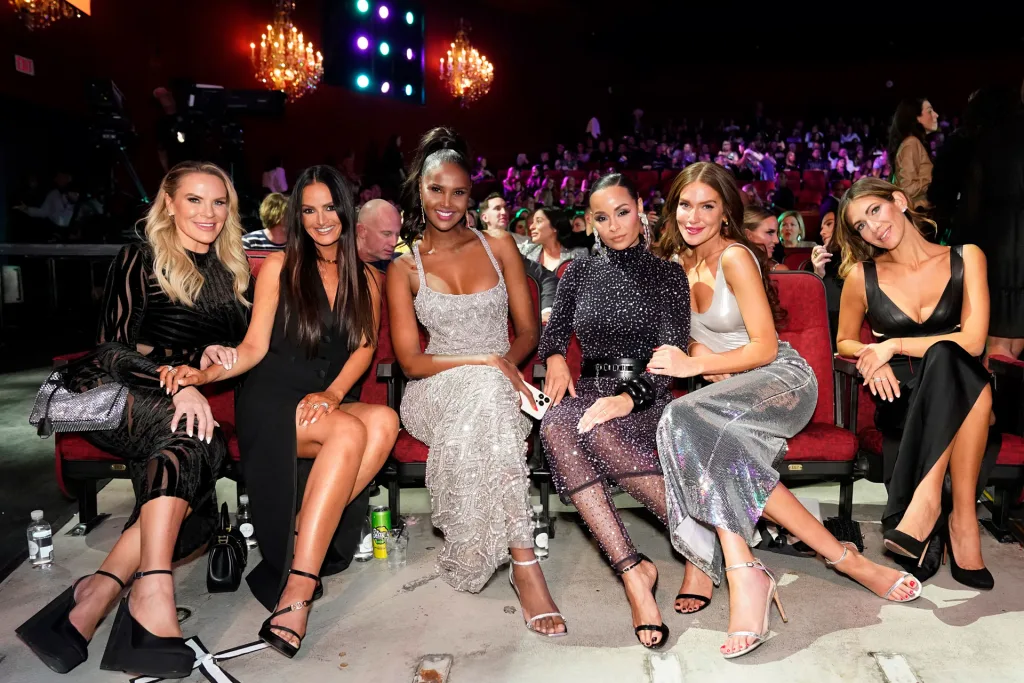
The Peacock audience is different from the cable one. They’re noticeably younger, and often more willing to invest in nascent programming. Kaplan points to Peacock as a primary reason for the success of Southern Hospitality, which has grown steadily over its three seasons and just hit 1.3 million average viewers. “For a lot of these new shows that are getting discovered for the first time and that don’t have those entrenched habits of how they’re being consumed on cable, we look to Peacock even more importantly to grow that audience,” he says.
Most importantly, Peacock and Bravo have entered a sort of crossover content partnership, one that will be expanded with Berwick’s new role. Bravo stars have broken out on Peacock Originals like The Traitors. When Vanderpump Rules star Ariana Madix started hosting Peacock’s Love Island USA last year, it became the summer’s most-watched unscripted streaming original at over 5 billion minutes, per Nielsen. Some shows make the jump from streaming to cable, as The Real Housewives of Miami did, and The McBee Dynasty: Real American Cowboys will do this summer.
“We have a great opportunity between linear and streaming to find everyone where they are and deliver the content in the way that they want to access it,” says Jenny Storms, NBCUniversal CMO of TV and streaming. “It’s about doubling down on the efforts of what we call our ‘infinity loop’ between Bravo and Peacock”
From Reality Reckoning to Peacock’s Pride
Bravo’s recent victory lap is especially shocking, given recent years of bad press. In 2023, former Real Housewives of New York (RHONY) star Bethenny Frankel called out the network for poor treatment of its talent, pushing reality stars to unionize. Two years ago, the movement ripped through Bravo’s public image, begetting a Vanity Fair exposé. The news has since quieted—but the lawsuits persist.
Former RHONY star Leah McSweeney is suing Bravo for discrimination, alleging that employees were pressured to consume alcohol. Meanwhile, former Real Housewives of New Jersey (RHONJ) star Caroline Manzo is suing Bravo for “encouraging” and “allowing” costar Brandi Glanville to sexually harass her. (McSweeney, Manzo, and Glanville did not respond to requests for comment.)
“People are being held both publicly and legally accountable,” Frankel wrote in a statement to Fast Company. “Sets have changed. Cultures are evolving. And people are finally being held responsible for their behavior. By that definition alone, the Reality Reckoning is already a success.”

Andy Cohen—the longtime Bravo executive and on-camera host who executive produces 11 shows across NBCUniversal, including all of the Housewives franchises—is largely tight-lipped about the controversy. “It was a lot of noise,” he says.
Berwick says the network was in the midst of adjusting its approach to some elements of its shows when the controversy happened.
“There were changes that we were already making around certain aspects of our production, including one that’s been much talked about around alcohol,” Berwick says. “We were always thoughtful about that, but now we’re being even more thoughtful.”
On-camera talent suggests that productions have been more open to hearing about their experiences on the show.
“There have been some times where I’m like, ‘this trip is not good. Why are we in Texas?’” says Gizelle Bryant, longtime star of The Real Housewives of Potomac. “We came back from Mexico and had a nice little talk with [VP of Current Production] Josh Brown and said, ‘we’re not doing that again. We got bit by mosquitos and it wasn’t fun.’ He listened and said ‘no problem.’”
Old Franchises, New Audiences
While Bravo’s synergy with Peacock is ostensibly the reason they kept it in-house, one cannot overlook the content’s recent success. Television viewing is down across mediums, thanks to the growth of alternative platforms like YouTube and TikTok. But Berwick points out that the majority of Bravo shows are expanding their audiences year-over-year.
Decades-old legacy franchises form the backbone of Bravo. The Real Housewives of Orange County (RHOC) premiered 19 years ago; Below Deck is nearly 12 years old.
From these base franchises come a variety of spin-offs and themed lead-ins. RHOBH led to Vanderpump Rules, which provided a lead-in for Summer House, which led to the three-season Winter House, which hasn’t aired since 2023. Bravolebrities often get solo wedding specials (Bethenny Ever After) and family-focused series (Denise Richards & Her Wild Things). Even Top Chef has a Peacock-exclusive spinoff, Last Chance Kitchen, in which eliminated contestants face off to return to the main competition.
Given how far back these shows date, Bravo is always at risk of franchise fatigue. Berwick says she thinks about this often. “There are moments where we need to pause and pull back,” she says. “At one point, we had five versions of the Below Deck franchise. We’re currently at three.”
That leaves Bravo executives to pick through their current slate, looking for an angle to the next big thing. Rachel Smith, Bravo’s EVP of programming, production, and development, has grown accustomed to this process, having developed shows for Bravo since the Queer Eye days. As she picks through spin-off ideas and new subcultures to explore, she’s always looking for an “undeniable hook.”
“We’re looking for earned drama, real humor, unexpected storytelling,” Smith says. “We’re very much focused on breeding the next generation of shows and talent based on what we already have and who we already have.”
Sometimes that doesn’t work. The Real Housewives of Dubai had two things going for it: The sheen of the Housewives name, and the preexisting celebrity of Ladies of London star Caroline Stanbury. But fans were frustrated with Bravo’s choice to film in Dubai given the United Arab Emirates’s human rights record, and its two seasons seemed muted in their chatter among fans. In 2024, Bravo officially paused the show.
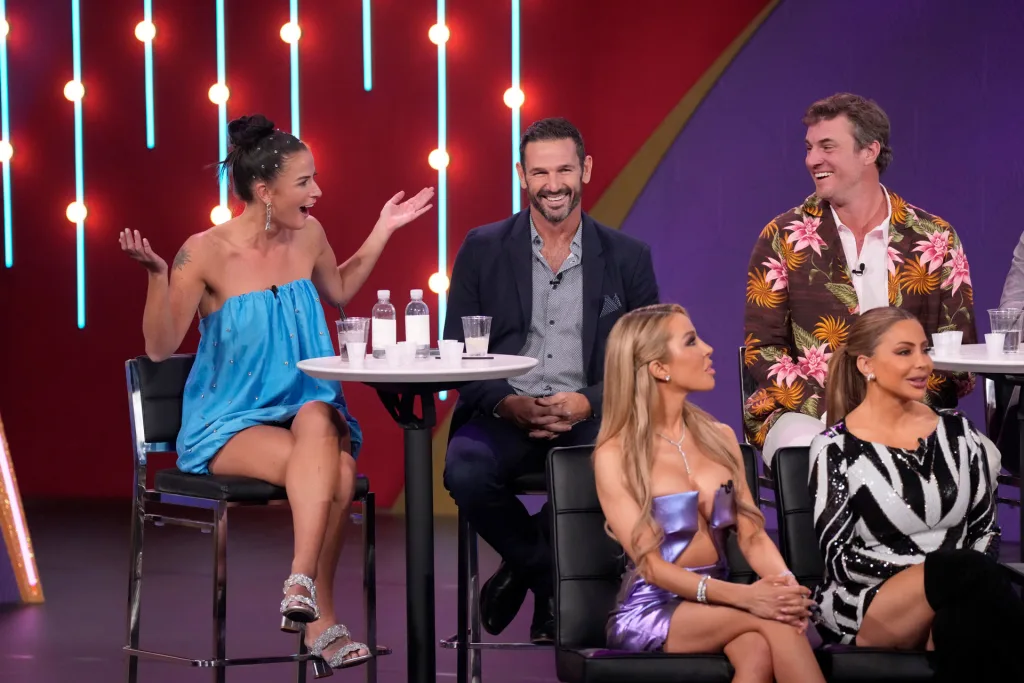
But, when it does work out, these spin-offs can provide the network a refresh. Exiled Vanderpump Rules stars Kristen Doute, Jax Taylor, and Brittany Cartwright provided the jumping-off point for The Valley, which launched in 2024. Even after some negative fan chatter, the opening episode was the most-watched series premiere for Bravo in nearly a decade. The season two premiere, clocking in at 3.1 million viewers, was Bravo’s most-watched second season return since RHONJ some 14 years prior.
“The audience wants to be proven wrong,” says Alex Baskin, CEO of production company 32 Flavors, which handles production for most of Bravo’s California-based shows. “We have to try not to be governed by immediate social media reactions to things and know that, in the long run, we have a great series with The Valley. They’re going to embrace it once they fully see it. They want to be convinced.”
Cultivating the Bravo-conomy
Strong programming has turned Bravo into a brand—one NBCUniversal and Comcast are happy to cash in on. There are live events, promotional tie-ins, themed advertisements, and gobs of merch. Two years ago, The Hollywood Reporter called this the “Bravo-conomy.” And, while the U.S. economy flirts with a recession, the Bravo-conomy looks strong.
That all starts with advertising. The same forces that make Bravo a boon for Peacock—habitual viewing and fan devotion—make the network strong with advertisers. Berwick says that they see huge lifts in “brand recall, purchase intent, [and] emotional engagement” across advertisements, whether it be an in-show integration or a simple commercial break placement. (Bravo declined to disclose exact financials.)

Watching Bravo on cable or Peacock’s ad-supported tier, you’ll likely find a reality star hawking product. Maybe it’s Dorit Kemsley and Dorinda Medley playing Words With Friends, or Gina Kirschenheiter cleaning up “spilled tea” with Clorox. While some of these ads are coordinated by the stars themselves, others are shepherded (and profit-shared) by the network.
Jamie Cutburth, NBCUniversal’s EVP of marketing and brand partnerships, points out that these advertisements are successful because of their integration with Bravo’s programming. “When Lisa Barlow is eating Wendy’s in the car, that seems very natural,” he says. “We’re not creating anything that’s beyond what the fans are already accustomed to seeing.”
Bravo’s live events business also provides a helpful tie-in for advertisers. From behemoths like BravoCon to smaller gatherings like Watch Party By Bravo, attendees will find branded activations. CMO Storms says that building BravoCon “takes a village, it takes the entire company.” They price it accordingly: A base-level ticket for the November convention in Las Vegas will cost you $672.
There are dozens more businesses that Bravo props up, but doesn’t necessarily reap profits from. Bravo-themed podcasts abound, and artisan-made merch clogs Etsy. (“It’s a sign of a superstrong brand,” Cohen tells me.) Then there’s the parade of businesses Bravo stars hawk on-camera, from candles to joggers.
“I’ve got news: They’re not all successful,” says RHOC star Heather Dubrow of these talent-created businesses. “The power of the platform is so huge that if you stay in this authentic lane, you get multiple opportunities.”
These businesses are all products of Bravo’s commercial flywheel—the asset that makes Bravo alluring nearly two decades after the first episode of Housewives aired. Fans will purchase the merch, they’ll attend the conventions, they’ll watch the ads. Maybe they’ll even buy (and keep) a subscription to Peacock.
So long as that flywheel stays active, and Bravo maintains its commercial viability, Comcast will be happy to keep Bravo within the NBCUniversal family.
What's Your Reaction?
 Like
0
Like
0
 Dislike
0
Dislike
0
 Love
0
Love
0
 Funny
0
Funny
0
 Angry
0
Angry
0
 Sad
0
Sad
0
 Wow
0
Wow
0



